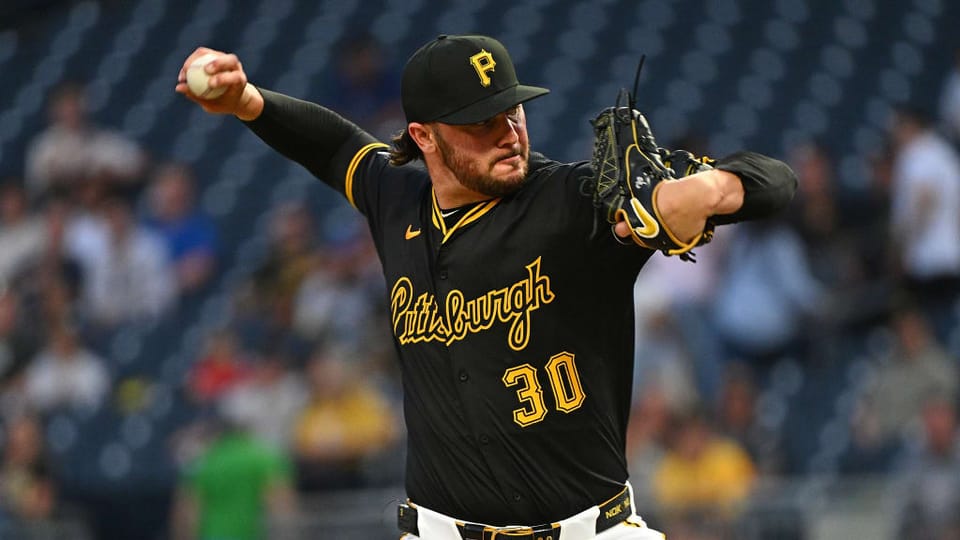Is Paul Skenes Leaving Money on the Table in Pittsburgh?

I first saw Paul Skenes at LSU in 2023 and wrote that he looked more Roger Clemens than the Strasburg/Prior comps he was getting—big, explosive, compact, and hyper-repeatable. That take has aged well. In two big-league seasons he’s built a résumé we almost never see, and he’s done it while sharing the stage with Olivia “Livvy” Dunne—the most commercially powerful NIL athlete of the social media era.
That combo begs a blunt business question: if Skenes were doing this in New York, Los Angeles, Chicago, Miami, San Fran, or even Texas....how much bigger could the money be?
The on-field case:
- Rookie year (2024): Skenes was called up less than a year after being drafted, started the All-Star Game for the NL—just the fifth rookie ever to do so—and won NL Rookie of the Year.
- Year two (2025): He just finished with a 1.97 ERA, the first qualified sub-2.00 ERA by a pitcher age ≤23 since Dwight Gooden (1985), is widely framed as the NL Cy Young favorite, and started the All-Star Game again(back-to-back).
Context: by raw run prevention and dominance through two seasons, Skenes is tracking with the rarest early-career groups in the live-ball era.
CBS recently placed his first-two-years run prevention in the historical neighborhood of Doc Gooden’s pace-setting 1984–85 arc.
Oh…..and before all of this, he did something no one had ever packaged in one year: win the CWS, be the CWS Most Outstanding Player, and go No. 1 overall (Pirates, 2023). LSU won the national title that June.
The brand multiplier: Skenes × Livvy
Skenes isn’t just an ace; he’s half of a modern sports media engine. He and Olivia Dunne did a GQ Couples Quiz feature in April 2025, leaning into mainstream lifestyle press. Dunne consistently ranks as the top NIL earner with a combined audience in the tens of millions across TikTok/Instagram. That attention flow regularly crosses into MLB coverage.

Translation: even in Pittsburgh, Skenes’ national awareness is punching way above what the Pirates’ market would traditionally allow. But markets still matter.
Markets still matter (a lot)
Nielsen pegs Pittsburgh as DMA #27; New York is #1, Los Angeles #2, Chicago #3.
Bigger DMAs mean more revenue, more Fortune-500 headquarters, more brand budgets, more attention.
Money follows that attention.
Look at off-field income: MLB’s biggest endorsement earners skew to mega-markets—Ohtani (LA), Judge (NY), Betts (LA)—with eight-figure annual off-field totals at the very top.
Even franchise economics show the gap: Yankees/Dodgers sit atop revenue/valuation tables every year, while the Pirates rank far lower, which cascades into local media reach and sponsor ecosystems.
Control, arbitration… and the dollars Skenes can’t access yet
Paul can’t just “NBA his way” out.
MLB’s structure keeps a player under team control for six seasons, with a potential “Super Two” path to four arbitration years if he’s among the top 22% in service time after Year 2. Skenes debuted mid-May 2024; by end-2026 he projects well over the recent Super Two cut (2.132 years), making arbitration likely to begin in 2027.
What would those arb numbers look like?
- Tim Lincecum (Super Two) after back-to-back Cys settled at $23M over two years (~$9M implied Year 1), a record-setting first-eligibility outcome at the time.
- Corbin Burnes (won Cy at 26) received $6.55M in his first arb year, then $10.01M; the ceiling for pitchers in arbitration has typically lived in the low- to mid-teens annually.
- Max Fried climbed to $15M by his final arb season. Gerrit Cole hit $13.5M.
Projection (Business of Ball estimate): given Skenes’ résumé (ROY, two ASG starts, likely Cy, sub-2 ERA season), a record-ish Super Two Year-1 in ~$10–12M range in 2027 is plausible, followed by step-ups into the mid-teens. Total four-year arbitration take: ~$45–60M depending on health, awards, and how aggressive the comps get (for context, Juan Soto—a hitter, different bucket—extracted $79.6M across four Super Two arb years).
Key point: Arbitration does not care where you play; it cares about your stats and awards. The market doesn’t change his arb checks—only his off-field potential.
Opportunity cost of the market (endorsements & exposure)
- Baseline in PIT: With national heat plus Dunne’s halo, Skenes likely already sits in the $1–3M/yr endorsement band (equipment, trading cards, CPGs, regional campaigns).
- Big-market amplification: A comparable “ace in NY/LA/CHI etc” can credibly reach $5–10M/yr off-field (Judge/Betts-tier hitters are far higher; pitchers rarely are, but the ceiling rises with market + postseason visibility). Using conservative deltas, the annual gap is ~$3–7M—$9–21M across three pre-FA years. (This inference triangulates Forbes/Sportico earnings tiers plus DMA scale; exact player deals are private.)
Postseason visibility also matters. In 2025 the Pirates are out; aces on national October stages typically compound value via volume of impressions and “big-moment” creative.
Has anyone else ever done what Skenes is doing?
Pieces of it, yes; the full stack, no:
- Doc Gooden: ROY (1984), Cy (1985); didn’t check the #1 pick / NCAA champion boxes.
- Fernando Valenzuela: ROY + Cy as a rookie (1981). Not a college champion/No.1 pick.
- Mark Prior: college phenom, No. 2 pick, 2003 dominance; not ROY/Cy combo.
- Skenes: CWS title + MOP + No.1 pick in 2023 → ASG starter as a rookie in 2024 (fifth ever) → back-to-back ASG starts → sub-2.00 ERA at 23 (first since 1985). As a package, that’s unprecedented in the live-ball era.

So… should he force his way to a bigger market?
No—and he can’t for years. The MLB service-time/arb system locks that route, and it doesn’t fit Skenes’ public persona anyway. But the business truth is simple:
- On-field dollars (arbitration): largely market-agnostic. Pittsburgh isn’t costing him arbitration money.
- Off-field dollars: market-sensitive. Big-market likely adds mid-single-digit millions per year in endorsements and media deals versus Pittsburgh—especially with October exposure.
Bottom line
If Paul Skenes were in a bigger market, he’d almost certainly be stacking another $3–7M per year in endorsements right now, with more national campaigns and October-stage equity. But arbitration won’t pay him more there than it will in Pittsburgh. The lever he can pull in the meantime is nationalization of his brand—something he’s already effectively doing with Livvy and mainstream lifestyle coverage.
From a pure baseball-business lens, Skenes is a unicorn: CWS MOP → 1.1 pick → ASG starter as a rookie → sub-2.00 ERA at 23—and likely a Cy Young on top of it. Whether in black-and-gold or pinstripes one day, that’s the kind of résumé that prints value anywhere.
Sources
- CBS Sports — Paul Skenes’ historic two-year pace (Sept 2025)
- MLB.com — Pirates select Paul Skenes No. 1 overall in 2023 Draft; College World Series MOP honors
- MLB.com — All-Star Game starters and rookie records (2024–2025)
- MLB.com / Elias Sports — Skenes wins 2024 NL Rookie of the Year
- Baseball Reference — 2025 MLB ERA leaderboard
- Forbes — Shohei Ohtani’s record $100M endorsement earnings (2025); MLB highest-paid players
- Sportico — MLB player earnings breakdowns (Judge, Harper, Betts) (2025)
- USA Today / AP — Pirates out of 2025 postseason contention
- Nielsen DMA Rankings (2024–2025)
- Baseball Prospectus / MLBPA — Service time, arbitration, and Super Two cutoff (2.132 after 2024)
- MLB Trade Rumors — Arbitration precedents: Tim Lincecum, Corbin Burnes, Max Fried, Gerrit Cole
- CBS Sports — Juan Soto’s $79.6M Super Two arbitration total
- GQ — Paul Skenes & Olivia Dunne Couples Quiz (April 2, 2025)
- Sportico / Forbes valuations — Yankees, Dodgers at the top; Pirates lower tier (2025)
